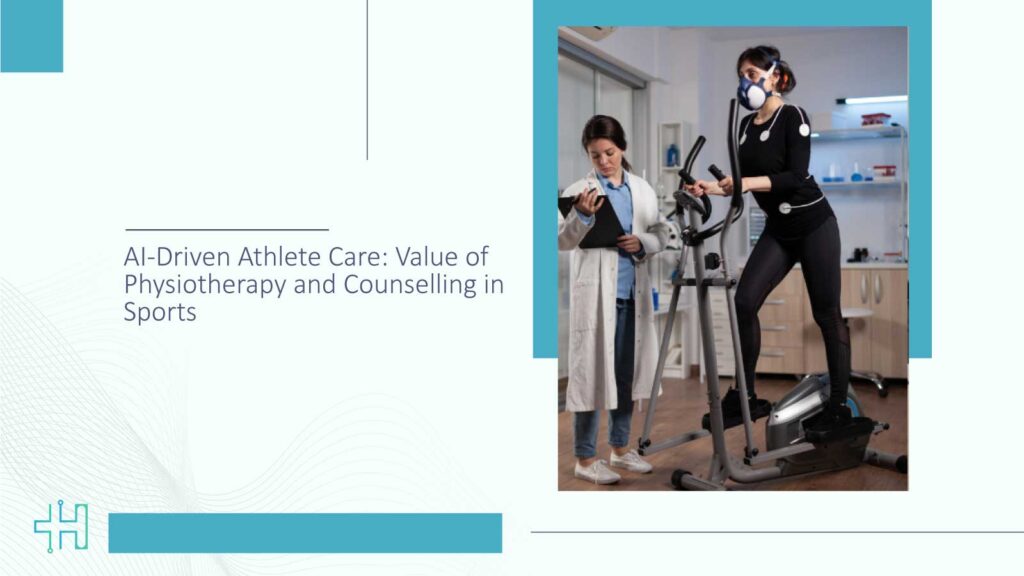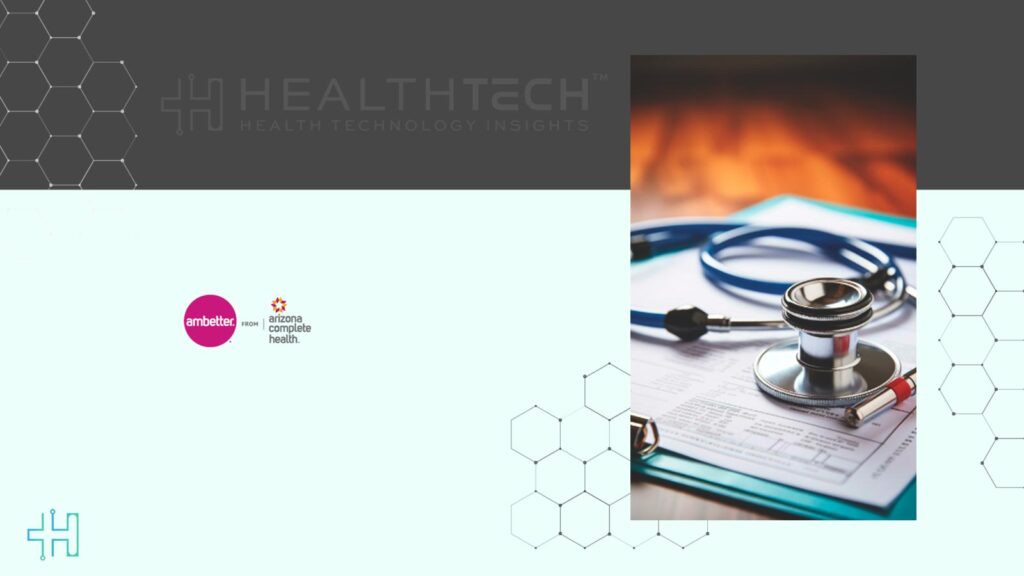Walk into a modern hospital today, and you’ll notice something different. Alongside traditional exam rooms and laboratories, you might now find teaching kitchens, cooking workshops, and nutrition clinics led not just by dietitians, but by physicians, chefs, and health coaches working together.
A peer-reviewed 2025 study found that nearly 92.5% of all published research on culinary medicine has been released since 2020, showing just how quickly the field is expanding.
This is culinary medicine – a growing movement that blends the art of cooking with the science of medicine to help people prevent and manage chronic illnesses through food. Culinary medicine is not a fad or a trendy diet program. It’s a research-backed, patient-centered approach that asks a simple, powerful question:
What if we treated food with the same seriousness as prescriptions?
As rates of obesity, heart disease, diabetes, and metabolic disorders continue to rise in the United States, healthcare leaders are realizing that medication alone cannot fix the problem. People need practical skills – not just instructions – to eat in a way that supports long-term health. That’s where culinary medicine steps in.
What Is Culinary Medicine?
Culinary medicine is a field of medicine that combines nutritional science, cooking skills, and behavior change strategies to improve health outcomes. Instead of merely telling patients to “eat healthier,” it teaches them how to choose, prepare, and enjoy foods that support their well-being. It focuses on:
- Evidence-based nutrition guidance
- Personalized dietary approaches
- Hands-on cooking instruction
- Cultural and lifestyle considerations
- Long-term behavior and habit building
Unlike diet plans that are prescriptive or restrictive, culinary medicine encourages flexibility and confidence in the kitchen. It helps people learn what works for their bodies, preferences, and daily routines.
Why Culinary Medicine Matters Now?
1. Chronic Diseases Are Increasing
The U.S. spends approximately $4 trillion every year on healthcare costs related to chronic and diet-related conditions. More than half of adults in the United States have at least one chronic disease, such as:
- Type 2 diabetes
- High blood pressure
- Heart disease
- Obesity
Many of these conditions are directly influenced by dietary habits. For decades, the healthcare system has relied heavily on medications to manage symptoms. But medications cannot fully prevent or reverse illnesses caused by lifestyle patterns – food can.
2. Most People Want to Eat Better – But Don’t Know How
Advice like “eat more whole foods” or “reduce sugar intake” is not useful without practical guidance. Culinary medicine bridges this gap by teaching:
- How to grocery shop on a budget
- How to cook meals quickly during busy schedules
- How to read nutrition labels
- How to replace processed foods with healthier options
In other words, it makes healthy eating achievable.
3. Doctors and Nurses Are Now Learning About Food
Historically, medical training included little to no nutrition education. Today, more medical schools are integrating culinary medicine into their curriculum, partnering with chefs and dietitians to train future healthcare providers. This shift allows doctors to:
- Provide more personalized nutrition counseling
- Understand cultural eating patterns
- Support patients in making realistic lifestyle changes
How Culinary Medicine Works in Practice?
Culinary medicine programs take many forms across clinics, universities, and community centers. However, most include three core components:
1. Education on Evidence-Based Nutrition
Participants learn how different foods affect the body – for example:
- Fiber supports gut health
- Omega-3 fats reduce inflammation
- High-sugar diets increase diabetes risk
The focus is not on trends but on solid scientific evidence.
2. Hands-On Cooking
Participants cook meals under the guidance of trained professionals. These classes may teach:
- Knife skills
- Healthy swaps for common ingredients
- Batch cooking and meal prep
- Flavoring foods without excess salt or sugar
This builds confidence and reduces the fear or frustration many feel about cooking.
3. Behavior Change and Personalization
Culinary medicine recognizes that food is personal. It works by:
- Respecting cultural traditions
- Adapting to dietary preferences (e.g., gluten-free, vegetarian)
- Considering time, budget, and family needs
This personalized approach helps people stick with healthier habits long-term.
Who Benefits from Culinary Medicine?
Culinary medicine is useful for nearly everyone, but especially those managing conditions that are strongly influenced by nutrition such as It also supports caregivers, families, and individuals who simply want to feel better and live longer.
Teaching Kitchens: The New Healthcare Classroom
One of the most visible signs of the culinary medicine movement is the rise of teaching kitchens inside hospitals, universities, and corporate wellness programs. These spaces are intentionally designed to be warm, interactive environments – very different from traditional clinic settings.
Here, people:
- Cook alongside healthcare professionals
- Learn and share recipes
- Build a community around food
Teaching kitchens turn healthcare from something clinical into something human and social.
Cultural Sensitivity: Food Is Personal
Food is deeply tied to identity, heritage, and emotion. Culinary medicine respects this reality rather than pushing one “correct” diet. Instead of telling someone to abandon their cultural foods, culinary medicine helps modify how those foods are prepared – reducing excess salt, oil, or processed ingredients while preserving flavor and tradition. This approach increases trust, comfort, and long-term adherence.
Technology’s Growing Role
Culinary medicine is also expanding through digital health tools. Online cooking workshops, grocery guidance apps, and AI-driven nutrition planning are now more common. For example:
- AI can analyze dietary patterns and suggest healthier alternatives
- Smart kitchen devices can guide cooking techniques
- Telehealth makes nutrition counseling easier to access
This combination of nutrition + education + technology is creating a more holistic healthcare experience.
A Future Where Cooking Is Part of Medical Care
Culinary medicine is still growing, but its direction is clear. In the future, we will likely see:
- More teaching kitchens in hospitals
- Culinary medicine integrated into medical school training
- Insurance programs that reimburse nutrition education
- Widespread partnerships between chefs and healthcare providers
This shift represents a cultural change in medicine – from “What’s wrong with you?” to “How can we support your whole life?”
FAQs
1. What exactly is culinary medicine?
Culinary medicine is an approach to healthcare that combines nutrition science, cooking skills, and patient education.
2. How is culinary medicine different from traditional nutrition counseling?
Traditional nutrition counseling usually focuses on what to eat. Culinary medicine goes further by showing how to shop, cook, and meal-plan.
3. Do I need to be a good cook to benefit from culinary medicine?
No. Culinary medicine programs are designed for all skill levels. Classes often start with very simple techniques and build confidence gradually.
4. Can culinary medicine help with weight loss?
Yes. Instead of restrictive dieting, culinary medicine focuses on building sustainable habits, learning portion balance, and preparing meals that are both nutritious and satisfying.
5. Is culinary medicine only for people with chronic diseases?
Not at all. While it is very helpful for conditions like diabetes and heart disease, culinary medicine is also valuable for anyone who wants to feel better, have more energy, or develop a healthier relationship with food.
Dive deeper into the future of healthcare – Keep reading on Health Technology Insights.
To participate in our interviews, please write to our HealthTech Media Room at sudipto@intentamplify.com








